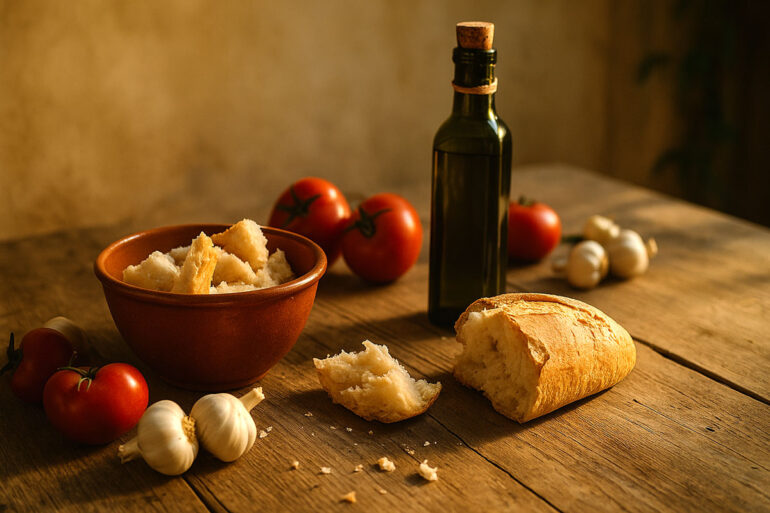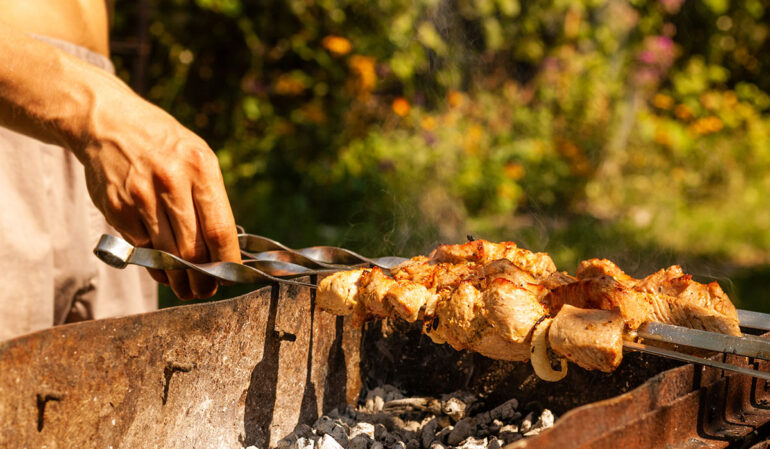Listeners:
Top listeners:
00:00
00:00
volume_up
chevron_left
-
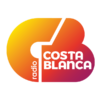 play_arrow
play_arrow
Costa Blanca Radio The Sound Of The Costa
-
 play_arrow
play_arrow
FeelGood Radio The Sound Of The Costa
music_note
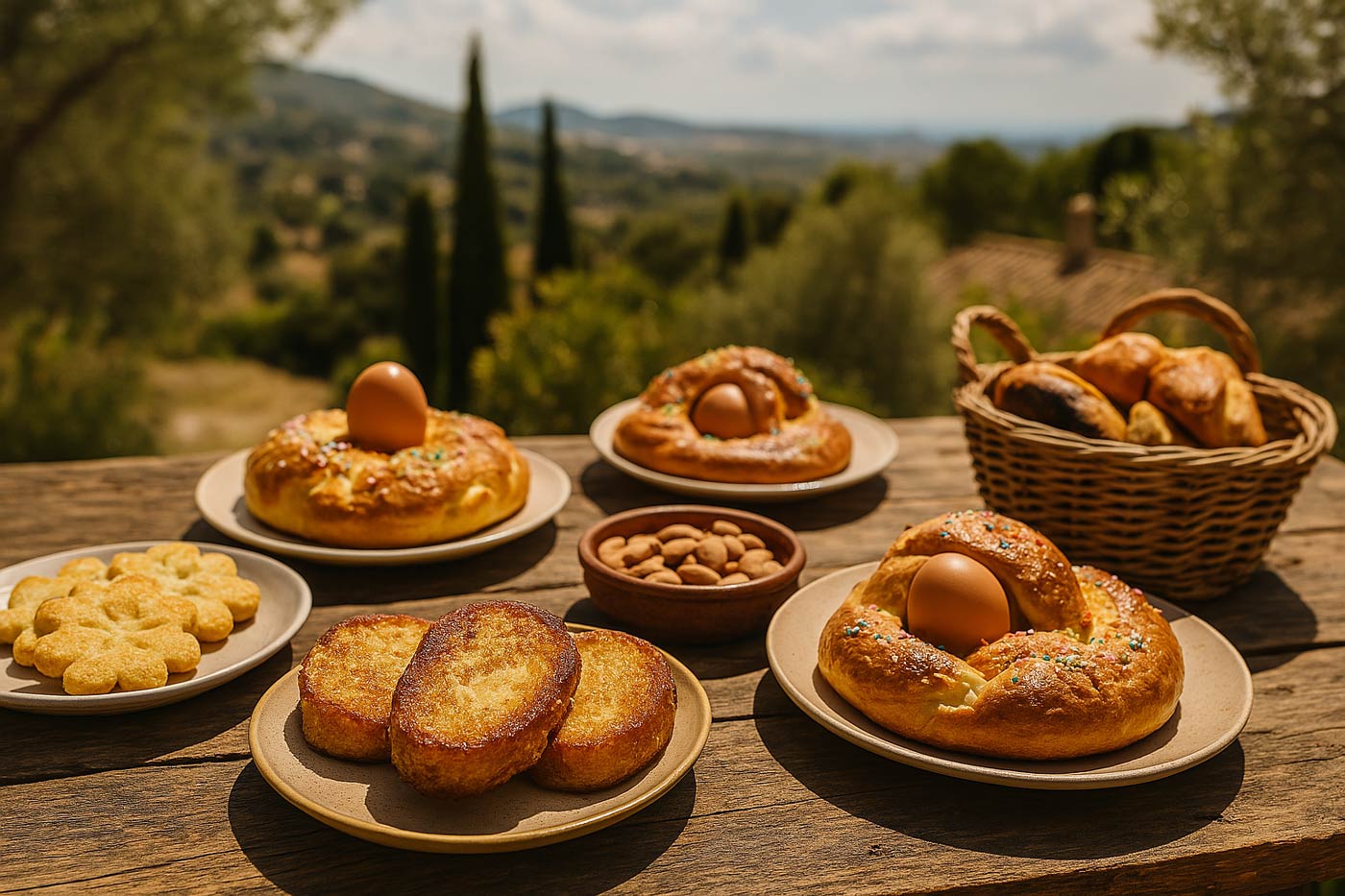
share
close
Spring has arrived, the scent of frying onions is back in the air, and you know: Semana Santa has begun. In the week leading up to Easter, Spain comes alive in a way you don’t easily forget — and you feel it not just in the streets, but at the table too.
Last week, we explored tortilla de patatas — perhaps the most widely shared dish during this festive week. But there’s more. Much more. Because if you really want to understand the Easter traditions on the Costa Blanca, you have to taste them. Sweet, savoury, and everything in between.
The flavour of Easter traditions on the Costa Blanca
In many Spanish regions, it’s traditional to eat less — or no — meat during Semana Santa. No Easter brunch with ham or sausages, but instead simple, symbolic dishes that are surprisingly rich in flavour. Think bean stews, fish dishes, and age-old sweets. On the Costa Blanca, this translates into a handful of classics that appear everywhere this time of year — in bakery windows, at the market, or steaming on your neighbour’s plate.
Mona de Pascua: sweet bread, deep tradition
You recognise them straight away: round breads, generously decorated with boiled eggs (sometimes even chocolate ones), sugar pearls or anise seeds. The Mona de Pascua is the ultimate sweet symbol of Easter on Spain’s east coast. Traditionally, children would receive a mona as a gift from their godparents on Easter Monday. Then it was off into nature — picnic basket in hand, games to play, and yes, there it is again: tortilla. Many bakeries now also offer versions with chocolate or candied fruit. A bite of sweetness, a touch of tradition.
Bacalao and potaje: salt and symbolism
In many homes, bacalao (salted cod) also features prominently in the Easter traditions of the Costa Blanca. Sometimes it’s simply pan-fried, but more often it appears in stews like potaje de vigilia — a hearty dish of chickpeas, spinach, egg, and fish. It’s nourishing, humble and thoughtful — exactly what Semana Santa is meant to be. No excess, but reverence. No luxury, but flavour that speaks for itself.
Torrijas: French toast with extra soul
Spaniards are masters at reinventing leftovers — and Easter is no exception. Torrijas are thick slices of bread soaked in milk, egg, sugar and cinnamon, then fried to golden perfection in olive oil. Served warm with honey or syrup. Or cold, alongside a strong espresso. Slightly different in every region — but always an ode to what was already there.
Why Easter tastes different here
Anyone strolling through the market or stepping into a bar during Semana Santa feels it straight away: Easter traditions on the Costa Blanca aren’t celebrated with decorations, but with scent, memory and flavour. You eat what your grandmother used to make. You eat what can be shared. You eat because it belongs — not because it’s luxurious.
And if you really want to do it right: finish your Easter breakfast with a slice of mona, a wedge of tortilla — and maybe… a carajillo. But we’ll get to that soon.
Written by: Wouter van der Laan
bacalao Easter traditions Costa Blanca gusto mona de Pascua Semana Santa Spanish Easter
Rate it
Similar posts
Search
Latest news

Eating with the Spanish rhythm: how to align your body and surroundings more naturally
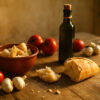
Cocina pobre: what Spain’s humbler kitchens teach us about flavour and sustainability

Feria de Málaga: Andalusia in full bloom

Summer cleaning in Spain comes too soon: why your home can live with sand, sweat and sunscreen a little longer

Tomatina in Buñol: Spain’s reddest festival
-
Recent Posts
- Eating with the Spanish rhythm: how to align your body and surroundings more naturally
- Cocina pobre: what Spain’s humbler kitchens teach us about flavour and sustainability
- Feria de Málaga: Andalusia in full bloom
- Summer cleaning in Spain comes too soon: why your home can live with sand, sweat and sunscreen a little longer
- Tomatina in Buñol: Spain’s reddest festival
© 2025 The Sound Of The Costa; All Rights Reserved

